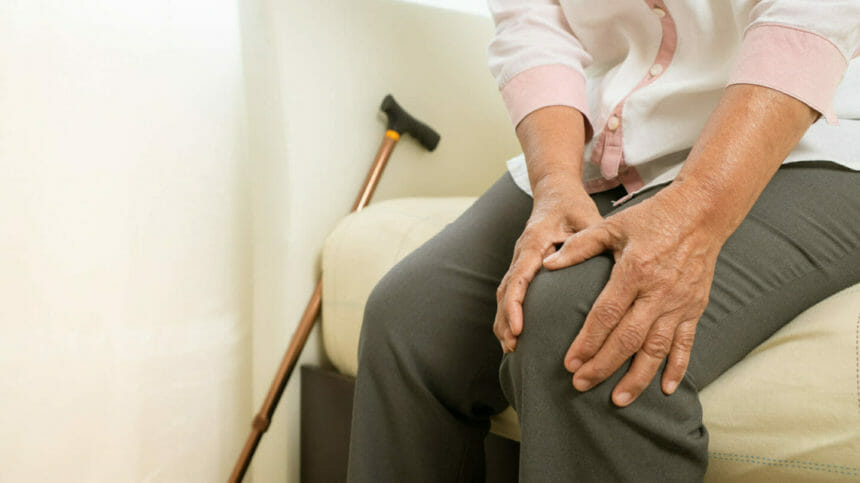
A new study offers a promising way for patients to relieve knee pain with self-administered acupressure (SAA), an ancient practice rooted in traditional Chinese medicine. Researchers found the technique, which involves applying pressure to specific points on the body, effective and economically desirable to relieve knee osteoarthritis (OA) pain and improve mobility.
The randomized clinical trial, conducted in Hong Kong, involved 314 participants aged 50 and older with probable knee OA. Participants were divided into two groups: one received SAA training along with brief knee health education, while the other received only knee health education.
Key takeaways from this study are:
• SAA proved effective in reducing knee pain. Compared to the knee health education group, the SAA group experienced a significantly greater reduction in pain scores throughout the 12-week study period. For instance, at week 12, the SAA group had a 0.54-point greater reduction in pain scores on a 0-10 scale, which translates to a 5.4% greater improvement.
• SAA improved mobility and quality of life. The SAA group performed better in the Timed Up and Go (TUG) test, indicating improved mobility and balance. Additionally, they experienced a higher enhancement in their quality-of-life scores compared to the knee health education group.
• SAA is cost-effective. The cost-effectiveness analysis showed that SAA had a greater than 90% probability of being cost-effective at a willingness-to-pay threshold of one GDP per capita, making it an economically viable treatment option.
In related news, a study conducted at Duke University School of Medicine recently reported the success of a blood test to predict knee osteoarthritis at least eight years before tell-tale signs of the disease appear on x-rays.
This research advances the use of a blood test over current diagnostic tools and increases the chance of identifying the disease before structural joint damage occurs.
“This is important because it provides more evidence that there are abnormalities in the joint that can be detected by blood biomarkers well before X-rays can detect OA,” said senior author Virginia Byers Kraus, MD, PhD, a professor in the departments of Medicine, Pathology, and Orthopedic Surgery at Duke University School of Medicine. said. “Early-stage osteoarthritis could provide a ‘window of opportunity’ in which to arrest the disease process and restore joint health.”




